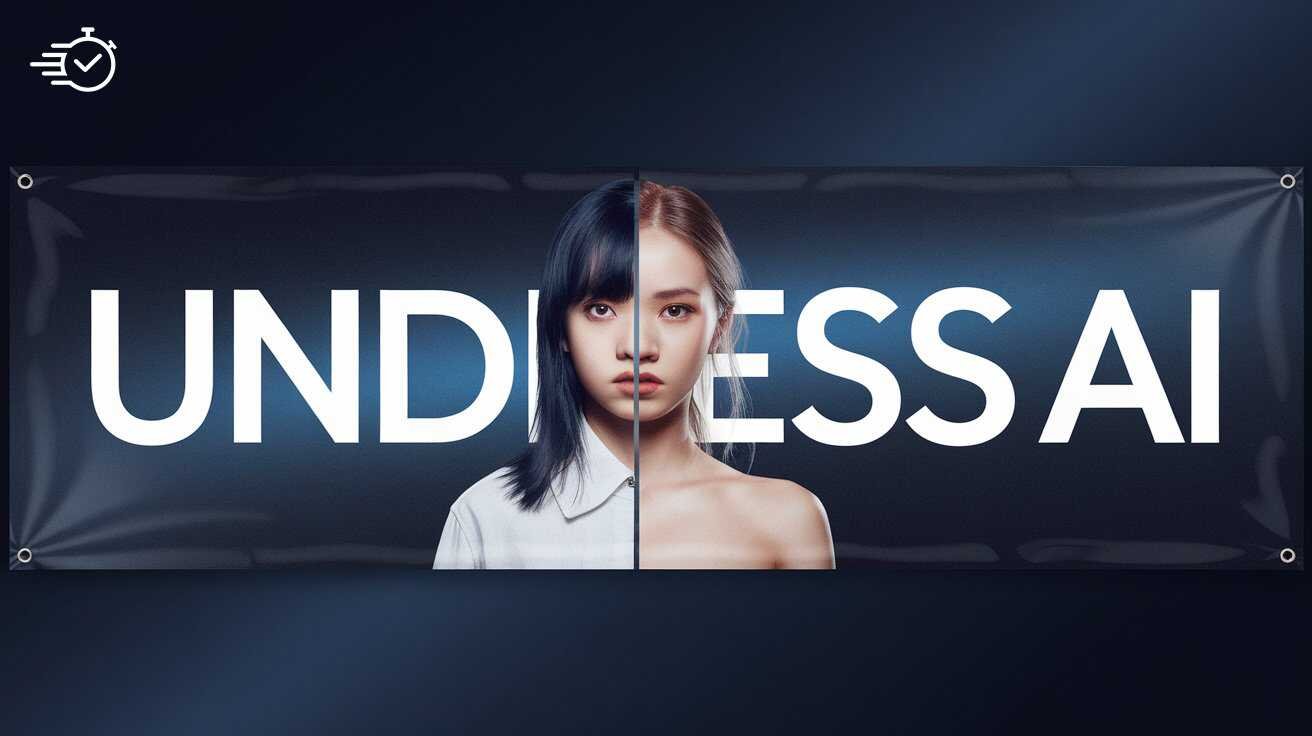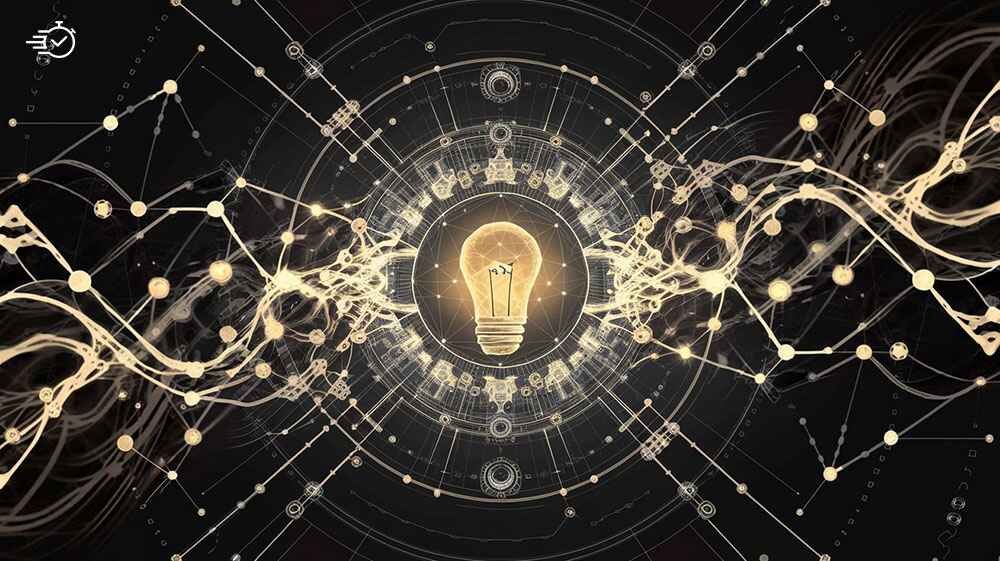Artificial Intelligence (AI) has introduced approximately transformative advancements across industries. However, some improvements improve extreme moral and criminal issues. One such instance is Undress AI, a tool that digitally removes clothes from photographs using AI-driven algorithms. This technology poses alarming risks to privacy, ethics, and safety, as well as the growing non-consensual imagery of individuals. In this newsletter, we’ll discuss Undress AI, study the dangers it offers, and explore how it can be regulated and averted.
What Exactly is Undress AI?
At its core, Undress AI is an AI-powered device that uses popular photographs and deep learning algorithms to digitally remove garb from pictures of people. It works by scanning a picture, identifying patterns, and producing a model of the photograph in which the man or woman seems unclothed. The process occurs without the knowledge or consent of the person worried, making it a clear violation of personal privacy.
Unlike common photo-modifying software programs, Undress AI makes use of device mastering to supply especially practical manipulations. This makes it challenging to distinguish altered pictures from actual ones, heightening the danger of misuse.
The AI Technology Behind Undress AI
The generation underpinning Undress AI is sophisticated and is based on improvements in device mastering and image era. Here’s a more in-depth look at how it works:
- Neural Networks: Undress AI uses deep neural networks to research pix and predict how a person’s frame could look without clothing.
- Generative Adversarial Networks (GANs): This AI algorithm is answerable for generating the manipulated photo. GANs paintings by having one AI version generate the altered photo even as any other evaluates it for realism, resulting in more natural-looking results.
- AI Image Reconstruction: By leveraging AI’s capability to reconstruct and regenerate photos, Undress AI produces manipulated photos that appear very convincing, blurring the strains between reality and AI-pushed introduction.
Ethical Implications of Undress AI
The ethical demanding situations surrounding Undress AI are huge, as the technology has been extensively criticized for its capacity misuse and damage. Key moral worries consist of:
- Non-Consensual Creation: The most evident problem is that Undress AI operates without the problem’s consent, growing altered pix that can be shared and distributed online without their understanding.
- Objectification: The device reduces individuals—generally girls—to gadgets, furthering harmful gender stereotypes and objectification.
- Emotional Trauma: Victims of Undress AI manipulation can face extreme emotional misery, together with anxiety, depression, and a sense of helplessness, understanding that their picture has been violated.
Legal Challenges: Where Does Undress AI Fit In?
The prison landscape around Undress AI and comparable technologies continues to evolve. While numerous countries have begun to introduce laws to decrease the unfolding of deepfakes and different non-consensual AI-generated content, enforcement remains a widespread hurdle. Some legal concerns include:
- Privacy Infringement: Victims can seek felony safety under privacy laws, but those legal guidelines vary broadly by jurisdiction.
- AI-Specific Laws: Some international locations are pushing for laws that specifically target AI-generated content, including Undress AI. However, sizable adoption and enforcement are still in development.
- Content Moderation: Social media platforms and websites will want to implement more powerful content material moderation rules to detect and remove manipulated pictures created with Undress AI.
How to Detect and Prevent Undress AI Abuse
As the usage of Undress AI and similar technologies grows, efforts to prevent and come across their misuse have become superior. Here are some techniques that could assist in restricting the spread of non-consensual content material:
AI-Powered Detection Tools
Tech agencies are growing superior AI-primarily based detection systems that examine virtual photos for signs of manipulation. These tools search for artifacts, inconsistencies in lighting, and pixel-stage adjustments that may imply AI tampering.
Blockchain for Image Authentication
The blockchain era offers a progressive solution for protecting authentic images. By storing pictures on a decentralized ledger, users can verify whether their images have been altered or manipulated.
Stronger Legal Regulations
Governments need to broaden stricter laws that target the use and dissemination of AI-generated content, including photographs created with Undress AI. These legal guidelines should pay attention to content creators and systems hosting such material.
Educational Campaigns
Public focus is critical. Educational campaigns can tell humans about the dangers of Undress AI and comparable equipment, supporting individuals to shield their photos and privacy.
Impact on Personal Privacy
The most significant threat posed by Undress AI is its potential to violate private privacy. With no want for consent, AI can be used to regulate non-public pictures and distribute these pictures on a massive scale. Once a photograph is manipulated and published online, controlling its unfolding can be almost impossible. Victims can also face lasting repercussions, inclusive of public humiliation, damaged reputations, and felony battles.

The Future of AI Governance: What Needs to Change?
To fight the dangerous capability of gear like Undress AI, complete AI governance frameworks must evolve and be applied globally. These frameworks have to be aware of the subsequent vital regions:
- Ethical AI Development: AI ought to be designed with moral suggestions that save you its misuse, mainly in instances like Undress AI.
- AI Literacy and Education: Governments and academic establishments should focus on AI literacy, coaching humans on how those technologies work and the risks they pose if misused.
- Stronger Platform Accountability: Social media systems and websites must proactively remove AI-generated content that violates privacy or consent.
How to Protect Yourself from Undress AI: Practical Tips
Protecting yourself from the misuse of tools like Undress AI requires vigilance and proactive measures. Here are detailed tips and strategies to safeguard your privacy:
1. Limit Sharing of Personal Photos
- Be Selective: Avoid sharing sensitive or personal photos online, especially in public forums or on social media. Once an image is uploaded, it can be difficult to control its spread.
- Adjust Privacy Settings: Use strict privacy settings on platforms like Facebook, Instagram, or Google Photos to limit access to your content. Restrict photo visibility to trusted individuals only.
- Be Mindful of Cloud Storage: Review who has access to your shared albums or cloud-stored photos to minimize the risk of leaks.
2. Add Watermarks to Your Photos
- Why Watermarking Works: Adding a visible watermark across your images can discourage potential manipulation by making the image less appealing or harder to edit seamlessly.
- Tools for Watermarking: Use apps like Canva, Adobe Photoshop, or free online tools to create professional-looking watermarks. Place them strategically across the body to prevent easy removal.
3. Avoid Sharing High-Resolution Images
- High-resolution images provide more detail, making them easier for AI algorithms to manipulate. Consider reducing the resolution of images before sharing them online.
4. Regularly Monitor Your Digital Footprint
- Reverse Image Search: Use tools like Google Reverse Image Search or TinEye to check if any of your photos have been altered and distributed online.
- AI Monitoring Tools: Some services, such as PimEyes, can help identify where your face appears online, assisting you in tracking unauthorized usage.
5. Report Misuse Promptly
- Platform Reporting: Most platforms, like Facebook, Twitter, and Instagram, have mechanisms to report manipulated images. Act swiftly to ensure content is removed.
- Seek Legal Assistance: If your image is being distributed without consent, consult a lawyer specializing in privacy or cyber law to understand your rights and remedies.
6. Enhance Social Media Security
- Disable Download Options: On platforms like Instagram, disable the option for others to download your photos.
- Use Private Accounts: Keep your social media accounts private and only accept connection requests from people you trust.
7. Utilize Technology for Protection
- Blockchain Solutions: Consider using blockchain-backed platforms to authenticate your original images. Blockchain technology can help verify the authenticity of your photos and make it clear if they’ve been altered.
- Metadata Tools: Embed metadata into your photos that signal the original state of the image. Some AI detection tools can use this to identify manipulations.
8. Educate Yourself About Emerging Threats
- Stay informed about how tools like Undress AI work and the potential risks. Awareness is the first step toward protection.
- Follow cybersecurity blogs, forums, or organizations that focus on AI and privacy to remain updated on new threats and solutions.
9. Use AI Detection Tools
- Tools like Deepware Scanner and Deeptrace can analyze images for signs of AI manipulation. Regular checks on personal images can help you detect and address violations quickly.
10. Advocate for Stronger Privacy Laws
- Support initiatives and organizations advocating for stronger regulations around AI misuse. Public pressure can help drive legislative changes that protect individuals from tools like Undress AI.
11. Avoid Sharing Photos in Vulnerable Contexts
- Be cautious about sharing images in less secure environments, such as online dating apps or public forums. Ensure the platforms you use have robust data protection policies.
12. Be Skeptical of Requests for Photos
- Avoid sharing photos with unknown individuals or entities. Scammers or malicious users could exploit them with tools like Undress AI.
13. Educate Those Around You
- Spread awareness about the risks of Undress AI to friends and family. Collective vigilance can help reduce the overall risk of image exploitation.
By combining these strategies, you can reduce the risk of your images being misused by tools like Undress AI. Vigilance, awareness, and proactive measures are your best defenses against the potential dangers of this invasive technology.
Conclusion: The Need for Responsible AI Development
As AI technology continues to adapt, it needs to evolve responsibly. Misusing equipment like Undress AI is famous for the darker facet of technological development, in which privacy and ethics are compromised. To make sure AI serves humanity in acceptable ways, stricter rules, education, and technological safeguards are essential.
Preventing the damaging use of AI would require a collaborative attempt among governments, tech companies, and individuals. By running together, we can protect privacy and save you destiny misuse of AI improvements.
FAQs About Undress AI
What is Undress AI?
Undress AI is an artificial intelligence tool that uses deep learning algorithms to remove clothing from images of individuals digitally. This creates non-consensual, manipulated images that closely resemble reality.
How does Undress AI work?
Undress AI operates by scanning an image, using neural networks and Generative Adversarial Networks (GANs) to generate a new version of the image where the subject appears unclothed. The technology analyzes the body structure and generates realistic-looking alterations.
Is using Undress AI illegal?
Yes, the use of Undress AI is likely illegal in many jurisdictions. The creation and distribution of non-consensual explicit images may violate privacy laws, deepfake legislation, and other legal protections, depending on your location.
What are the risks of Undress AI?
Undress AI poses severe privacy violations, emotional harm, and reputational damage to individuals whose images are manipulated. Additionally, it can perpetuate harmful gender stereotypes and exploitation.
Can Undress AI be detected?
Yes, detection methods for AI-manipulated images are being developed. Tools that analyze images for signs of manipulation, such as pixel-level inconsistencies and AI artifacts, can help detect altered images created with Undress AI.
How can I protect my images from being altered by Undress AI?
To protect yourself, limit sharing personal photos online and use privacy settings and watermark images. Regularly monitor your digital footprint to detect any misuse of your images.
Are there any laws against Undress AI?
Many countries are beginning to introduce AI-specific legislation targeting the use and distribution of non-consensual AI-generated content. However, laws and regulations vary, and enforcement remains a challenge.
Can Undress AI be regulated?
Yes, regulating Undress AI will require a combination of stricter laws, enhanced platform accountability, and public education about the ethical and legal implications of AI misuse.
What should I do if Undress AI manipulates my image?
If your image has been manipulated using Undress AI, immediately report it to the platform where it was shared. You can also seek legal advice to explore options for addressing privacy violations and removing the content.
How can AI misuse be prevented in the future?
Preventing AI misuse requires more robust AI governance frameworks, ethical development standards, and educational campaigns that raise awareness about the risks associated with technologies like Undress AI.
Also Checkout : Best AI Video Editing Tool to Remove Text Easily from Videos





